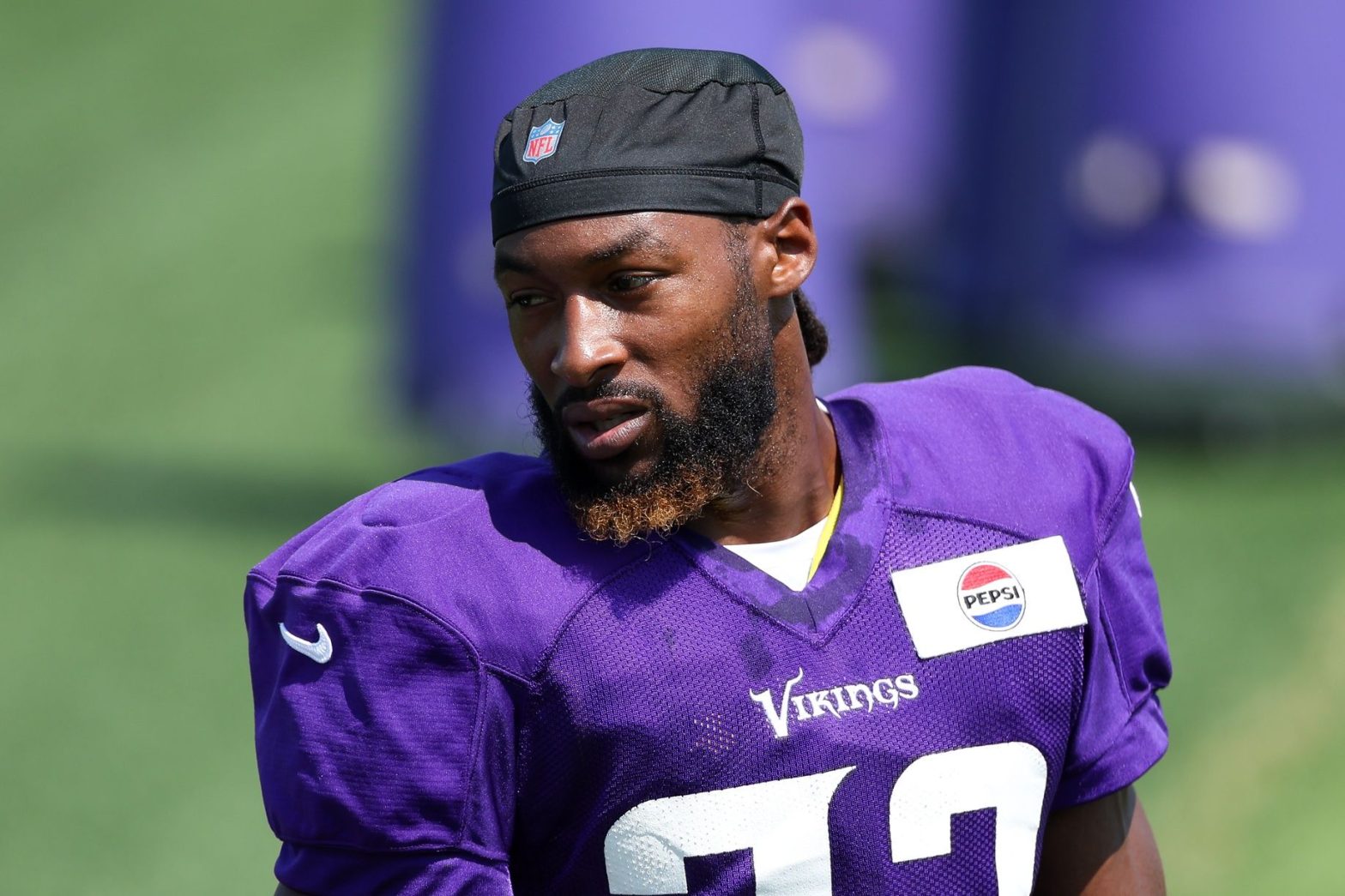The NFL preseason is wrapping up, and fantasy football managers are carefully studying the Minnesota Vikings’ backfield. Aaron Jones Sr. returns after a productive debut season in Minnesota, while the arrival of Jordan Mason creates intrigue for a potential committee approach. Both offer distinct fantasy profiles and draft-day appeal. Which back deserves priority as you finalize your roster construction?
Aaron Jones Sr.: Reliable Floor With Age Concerns
Jones enters his second Vikings season after a career-best 2024 campaign that saw him top 1,500 scrimmage yards for the first time. At age 30, Jones’ durability isn’t guaranteed. He’s only played full seasons twice in his career. However, both came in the last three years, suggesting he’s learned to manage his body better and avoid the soft-tissue injuries that plagued his Green Bay tenure.
Jones’ 2024 numbers were impressive: 1,138 rushing yards, 408 receiving yards, and seven total touchdowns, averaging 4.5 yards per carry. His receiving work particularly stood out, catching 51 of 62 targets for an 82.3% catch rate. In Kevin O’Connell’s system, Jones functioned as an early-down grinder and a reliable safety valve for Sam Darnold.
The concerns are legitimate, however. Jones’ explosive play rate declined noticeably, with fewer chunk runs and more methodical gains. His yards after contact dropped from previous seasons, and age-related decline becomes more likely each year. The Vikings recognized this by adding Mason, suggesting they expect Jones’ workload to decrease.
Aaron Jones (1) Minnesota Vikings 4 yards. Embedded video. 0:14. From. FOX Sports: NFL September 8, 2024
— NFL Touchdown Videos (@NFLTDsVideos)
Jones offers fantasy managers a proven floor, especially in PPR formats where his pass-catching ability provides weekly stability. However, expecting another 300-touch season may be unrealistic given his age and the team’s investment in Mason.
Jordan Mason: High-Upside Committee Partner
Mason arrives in Minnesota with an impressive track record as Christian McCaffrey’s backup in San Francisco. When thrust into action last season, the 26-year-old was electric: 5.2 yards per carry, 789 rushing yards in limited action, and able to handle workhorse duties when healthy. His five-game stretch as the 49ers’ starter (Weeks 1-5) saw him average 17.9 fantasy points per game, ranking as the RB5 overall.
Mason’s skill set complements Jones perfectly. At 5-foot-11 and 223 pounds, he offers more size and power between the tackles, while his 22% missed tackle rate last season nearly doubled Jones’s 11%. His explosive run rate (7.8%) also significantly outpaced Jones’ (3.5%), suggesting he can provide the big-play element the incumbent has lost with age.
Training camp reports indicate a legitimate committee approach, with the former 49er earning first-team reps and impressing coaches with his vision and physicality. ESPN’s Jeremy Fowler noted that Mason has made a “strong impression” and could see closer to a 50-50 split than initially expected.
#Vikings RB Jordan Mason for 6 (. @Dust_Vikings. ) August 5, 2025
— VikingzFanPage (@vikingzfanpage)
Mason’s upside lies in his youth, explosiveness, and the potential for an increased role as the season progresses. If Jones shows any signs of decline or suffers an injury, Mason has clear RB1 potential in O’Connell’s offense.
Jones vs. Mason: Who Should You Draft?
The choice between Jones and Mason depends on your roster construction philosophy and risk tolerance.
Jones represents the safer early-season option for managers seeking immediate production. His experience in the Vikings system and reliable hands make him a trustworthy RB2. However, his advancing age and the likely reduction in touches make him more of a floor play than a ceiling option.
Mason offers the higher upside at a much lower cost. His current ADP sits below Jones, creating excellent value for patient managers. Mason is the superior choice if you can afford to wait on early production and want a back with legitimate breakout potential. His skill set and the Vikings’ willingness to involve him heavily make him one of the better late-round running back investments.
The Verdict:
Draft Jones if you need reliable early-season production and can live with modest upside. Target Mason if you’re building for the second half and want potential league-winning value at a discount.
There is also merit to drafting both backs and monopolizing the backfield in leagues with deeper starting lineups. Together, they should be able to reliably get fantasy managers 25 PPG, with each possessing contingent upside if the other goes down.
